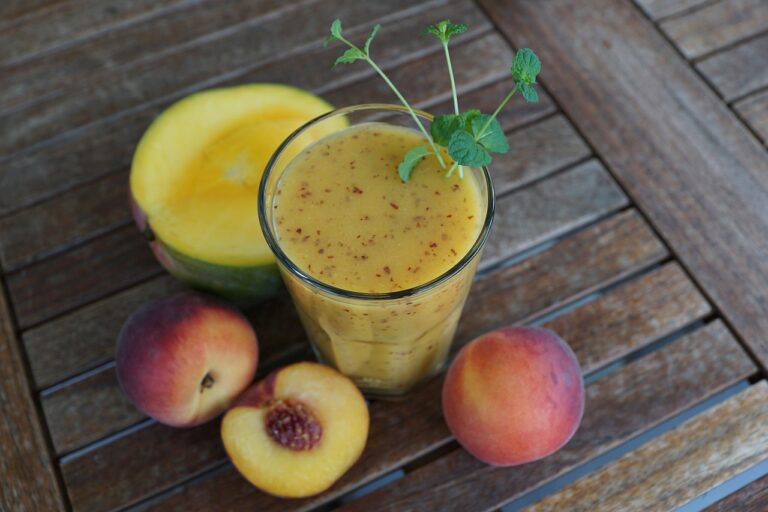Madagascar has a diverse culinary landscape influenced by a blend of African, Asian, and French cultures. Malagasy cuisine often features a variety of rice-based dishes. Rice is commonly accompanied by flavorful sauces, stews, and side dishes. Additionally, tropical fruits, vegetables, and seafood play a significant role in the Malagasy diet.
The quality of food can vary based on factors such as location, access to resources, and cultural influences.
In urban areas and tourist destinations, you will find a broader range of dining options, including international cuisine and restaurants catering to diverse tastes. These restaurants may uphold higher standards of food quality and hygiene.
In more rural or remote areas, traditional Malagasy dishes made with locally sourced ingredients are served.
Dish prices differ from place to place due to product transportation costs and availability, so the further away you are from urban areas, the more you will likely pay for the same dish.
On days of long trips, sometimes you will need to compromise on taste. Your guide will take you to the best (and sometimes the only) restaurant for lunch but these will not always be up to the standards of the restaurants in the big cities. However, that doesn’t mean the quality isn’t good.
In some villages you will find local women selling their homemade dishes, the brave among you can try, usually the food is tasty and very cheap.
For you vegetarians – every village has a local market with plenty of exotic fruits, vegetables, grains and legumes.
Here are some guidelines we recommend to follow:
Fresh and Cooked: Prioritize freshly cooked and hot meals. Steaming hot food reduces the risk of bacterial contamination. Avoid consuming raw or undercooked seafood, meat, or eggs, as these can pose health risks.
Street Food Caution: While street food is a tempting and authentic experience, exercise caution. Ensure that the vendor follows basic hygiene practices such as using clean utensils, washing hands, and storing food at appropriate temperatures. Look for vendors with a steady stream of local customers, as it can be an indicator of reliability.
Fruits and Vegetables: Enjoy the fresh fruits and vegetables but ensure they are properly washed or peeled before consumption. Avoid salads or raw produce that may have been washed in untreated water.
Water and Beverages: Opt for bottled or boiled water to avoid waterborne diseases. Be cautious with ice in your drinks, as it may be made from tap water. When choosing beverages, ensure that the bottle is properly sealed.
Trust Your Instincts: If something doesn’t seem right or if you have doubts about the hygiene standards of a place, trust your instincts and consider dining elsewhere.
By staying vigilant and following these guidelines, you can enjoy the diverse and delicious food offerings in Madagascar while minimizing the risk of food-related health issues.
